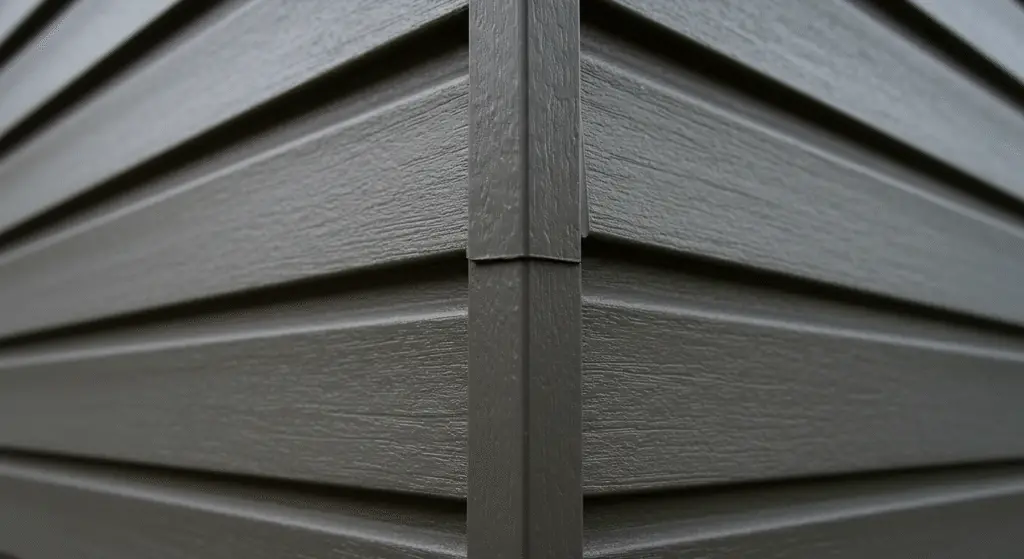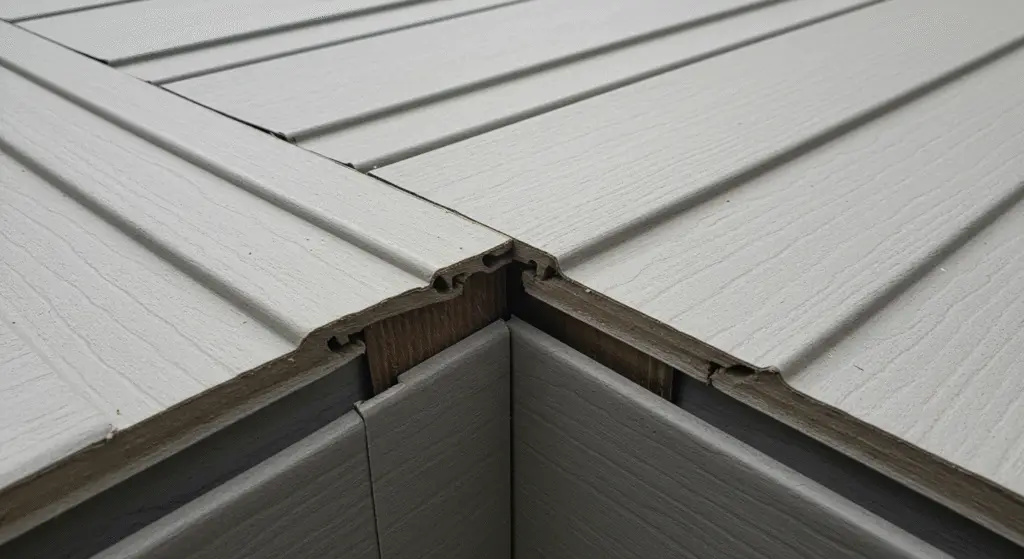
Siding corners play an important role in making your home’s exterior look neat and finished. They are where two walls meet and are often the first areas people notice. If they are done right, they help protect your home from weather and improve the overall appearance.
Getting the corners right isn’t just about looks. It also prevents problems like water leaks, rot, and uneven siding. In this blog, you’ll learn helpful tips to get clean, strong corners that last for years.
Why the Corners Matter in a Siding Project
Corners can make or break the final result of your siding job. These areas are exposed to wind, rain, and snow. If they aren’t properly installed and sealed, water can seep in and damage the inside of your walls.
At the same time, siding corners add to the design of your home. When they’re straight and clean, they give your home a well-built and finished look. This is why you should never treat them as a small detail.
Start with a Clear Plan
Before you start putting up any siding, it’s a good idea to plan out how the corners will be done. Think about the type of siding you’re using and what corner style matches it best. Some people go with corner boards, while others prefer a simple miter cut where the panels meet at an angle.
Planning in advance helps make sure your siding panels line up well. It also makes installation easier and faster.
Pick the Right Corner Material
Different siding types need different materials for the corners. For example, vinyl siding usually uses plastic corner posts, while wood siding often needs wooden corner boards.
The material should be strong and match the rest of the siding. In places with heavy rain or snow, using weather-resistant materials helps protect the corners from wear and tear. It’s also good to choose a material that doesn’t warp or crack easily.
Measure and Cut with Care
It’s important to take careful measurements when cutting siding pieces, especially for the corners. Even a small mistake can make the panels look uneven or leave gaps that let in moisture.
Use a sharp tool and double-check your measurements. It may take a bit more time, but it helps you get cleaner results and avoid costly fixes later.
Use Corner Boards or Posts
Many homeowners and contractors use boards or posts to finish the corners. These create a clean edge and also make it easier to attach siding panels.
For vinyl siding, special corner posts are available that the panels can slide into. With wood or cement board siding, wooden corner boards are a common choice. They not only look good but also cover any small gaps.
Seal and Protect the Area
Corners are one of the first places where water can get behind the siding. To keep your walls safe, make sure to use flashing tape and a proper seal.
Wrap the corners with house wrap before the siding goes up. Then use flashing to cover any joints. Finally, apply a good-quality exterior caulk to seal small gaps. This keeps out water and protects the structure of your home.

Match the Look with the Siding
When choosing materials for your corners, think about how they will look with your siding. Some people like corners that blend in, using the same color and texture. Others go for a bold look with contrasting trim.
Most siding brands offer corner pieces that match their panels. Picking the right style helps your home look more polished and put together.
Keep Your Corners in Good Shape
Even the best corners need a little care from time to time. It’s smart to check them every year for signs of damage. Look for cracks, loose boards, or places where water might get in.
Cleaning your siding corners once or twice a year helps them stay in good shape. If you find any issues, fix them quickly before they turn into bigger problems.
Mistakes to Watch Out For
Some common mistakes with siding corners include:
- Not allowing enough space for materials to expand or shrink
- Using the wrong type of corner trim
- Forgetting to seal or flash the area
- Making rough cuts or uneven edges
Avoiding these issues will help you get smooth, lasting results.
Final Thoughts
Siding corners are a small part of a siding job, but they have a big impact. When done correctly, they make your home look neat and keep it safe from weather damage.
By planning ahead, using the right materials, sealing carefully, and keeping up with maintenance, you can make sure your siding corners stay strong and attractive for years to come.
If you’re starting a siding project soon, don’t forget to pay attention to the corners. It’s a simple step that can lead to a much better outcome.
